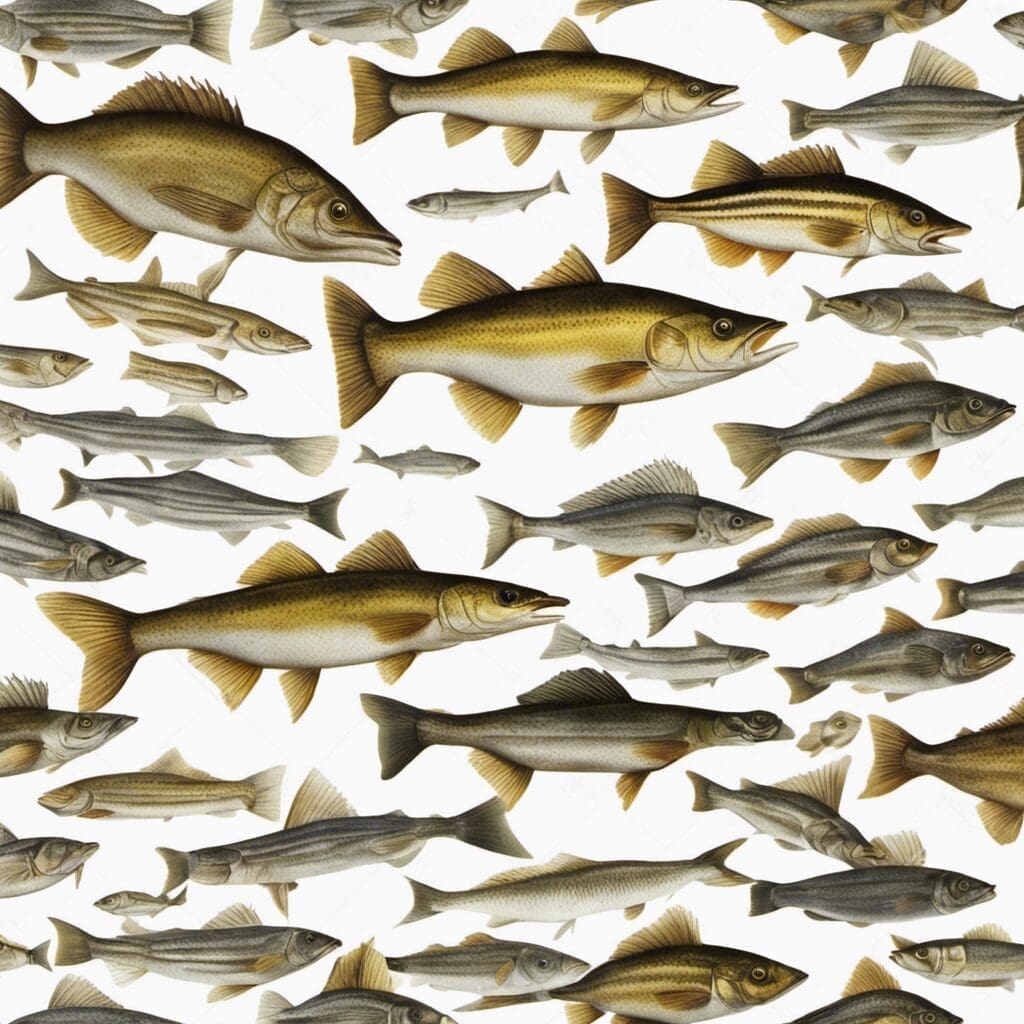Introduction
The Atlantic Scombrops, or Scombrops oculatus, is a species of fish that belongs to the family Scombropidae. This peculiar yet magnificent marine creature, with its streamlined body and large eyes, is a marvel of the ocean depths.
Conservation Status
Currently, the conservation status of Atlantic Scombrops is not fully established. Conservation efforts, in general, involve sustainable fishing practices to maintain healthy population levels, although there are no specific efforts targeted at Atlantic Scombrops.
Statistics
| Statistical Category | Average | Range |
|---|---|---|
| Length | 60 cm | 30 cm – 90 cm |
| Weight | 5 kg | 2 kg – 10 kg |
| Average Lifespan | 10 years | N/A |
| Other Stats | N/A | N/A |
Distribution
The Atlantic Scombrops is a global species, found in the Atlantic Ocean’s warm waters and the subtropical region. It is also found in the Mediterranean and western Indian Ocean. Currently, there are no distinct migration patterns attributed to this species.
Habitats
The Atlantic Scombrops is a marine species which prefers tropical and subtropical open seas, with a depth range of 50-400 meters. They thrive in temperatures between 15-27 degrees Celsius.
When and Where to See
These fish are more likely to be seen in warmer months, typically during spring and summer. They are nocturnal feeders, hence the large eyes, and are easiest to find close to the surface after sundown.
Best Fishing Locations
While this species has a global distribution, some top fishing locations include Morocco, Spain, and Portugal coasts. If specific locations are not known, it’s ideal to search in deep-sea areas with warm water temperature.
How to Catch
This species tends to be attracted to bait of smaller fish and squid. Techniques include deep-sea fishing and trolling. As they are nocturnal, the best time to fish is just after sunset or before dawn.
Identification Guide
The Atlantic Scombrops is identified by its elongated silvery blue-green body, a wide, dark band around the margin of the eye, and two dorsal fins. It can be distinguished from similar species by its larger eyes and more or less symmetrical jaw.
Culinary Information
The Atlantic Scombrops is a valued food fish. Its meat has a light, delicate flavor and a firm texture. It can be grilled, baked or turned into a delightful sashimi. Always ensure to cook the fish thoroughly to eliminate any risk of parasites.
Additional Information
The Atlantic Scombrops primarily feeds on smaller fish, squids, and crustaceans. Its predators include larger fish species and sharks. From a cultural perspective, this species doesn’t have significant folklore, myths, or historical events associated with it, but remains an interesting subject for marine biologists due to its adaption to deep-sea living.
References and Further Reading
For further information about Atlantic Scombrops, suggested readings include “Species of Fishes” by Fishbase.org, “Marine Species Identification Portal” from EU Biodiversity Information System for Europe, and “The Role of Marine Species In Climate Regulation” from the National Oceanic and Atmospheric Administration. Please note that the exact details of the Atlantic Scombrops species may differ in these sources due to various factors such as geographic area, time of observation, and research methods used by the authors

